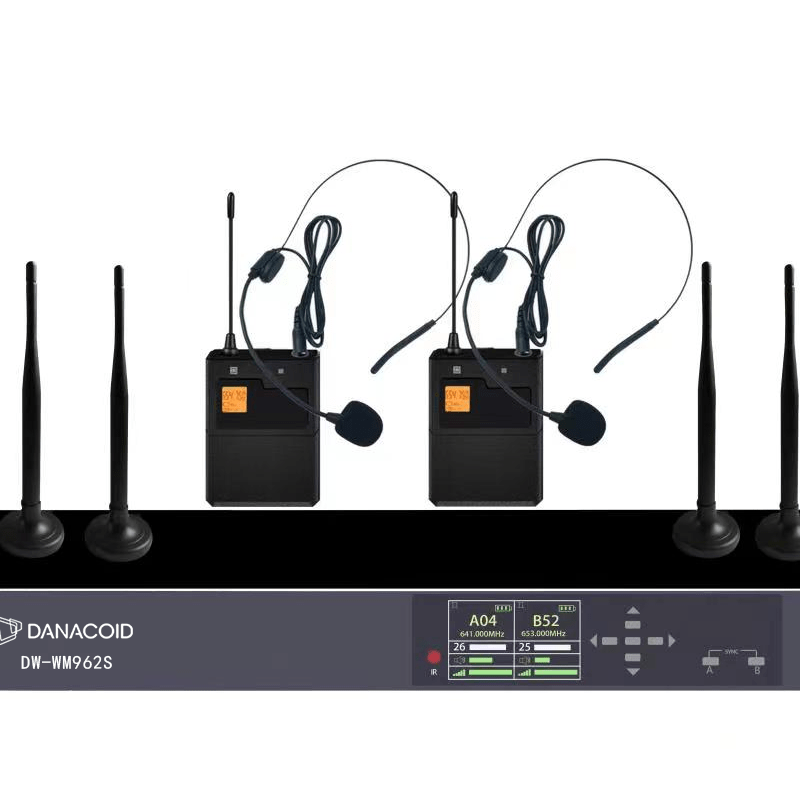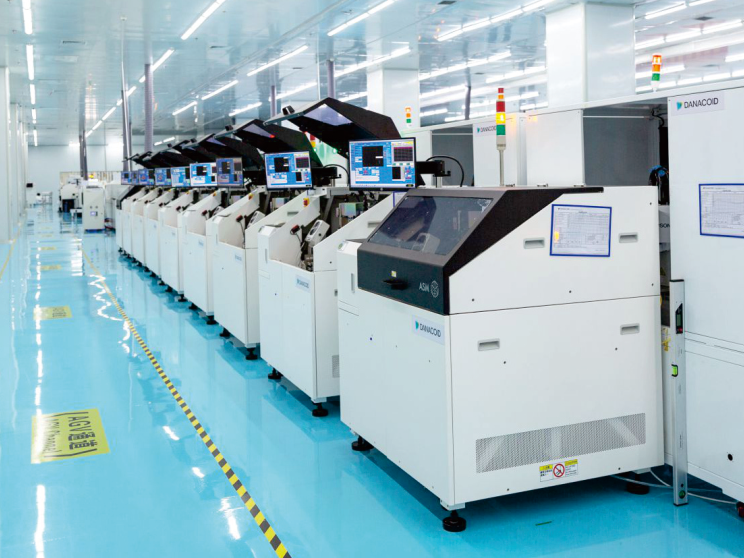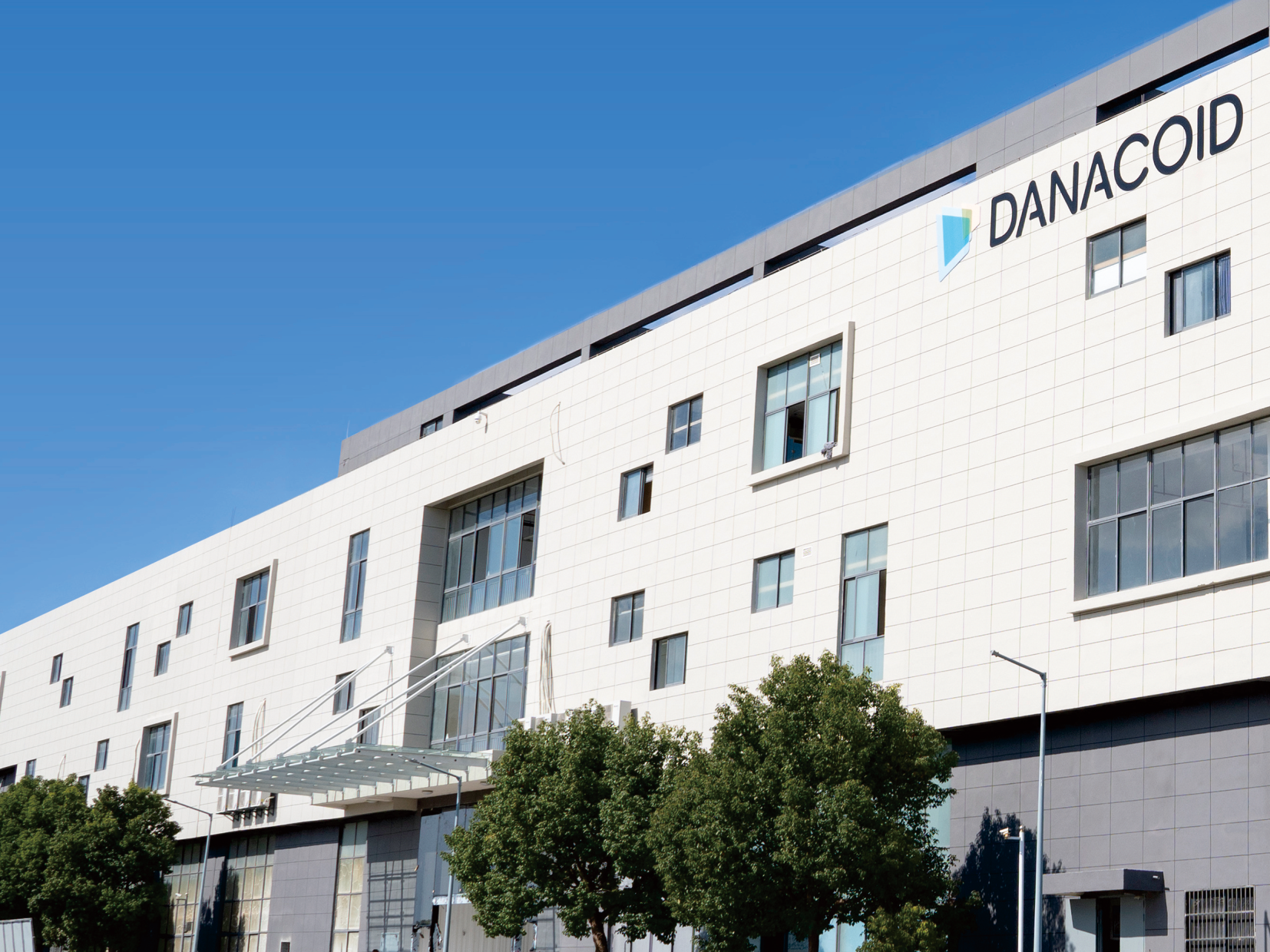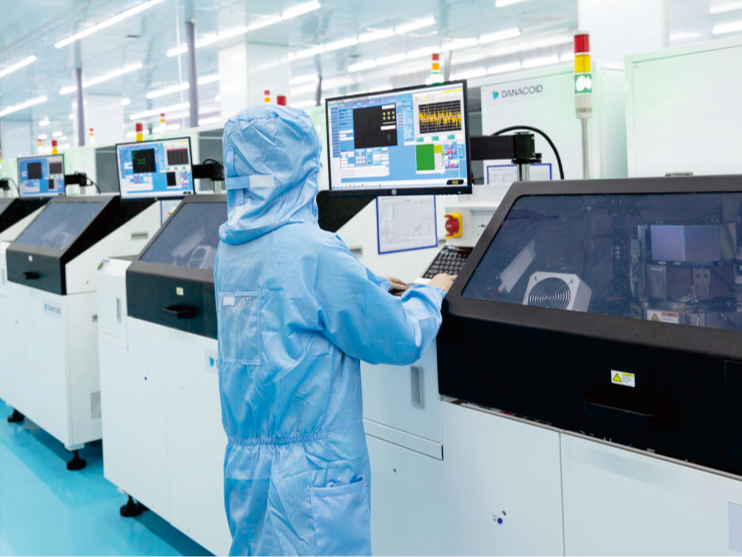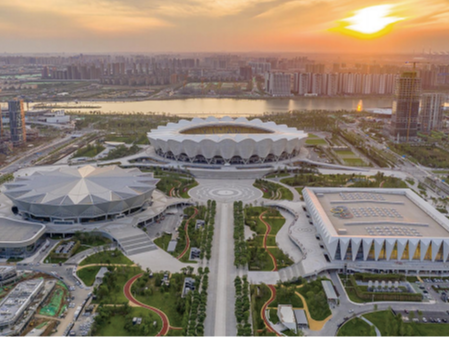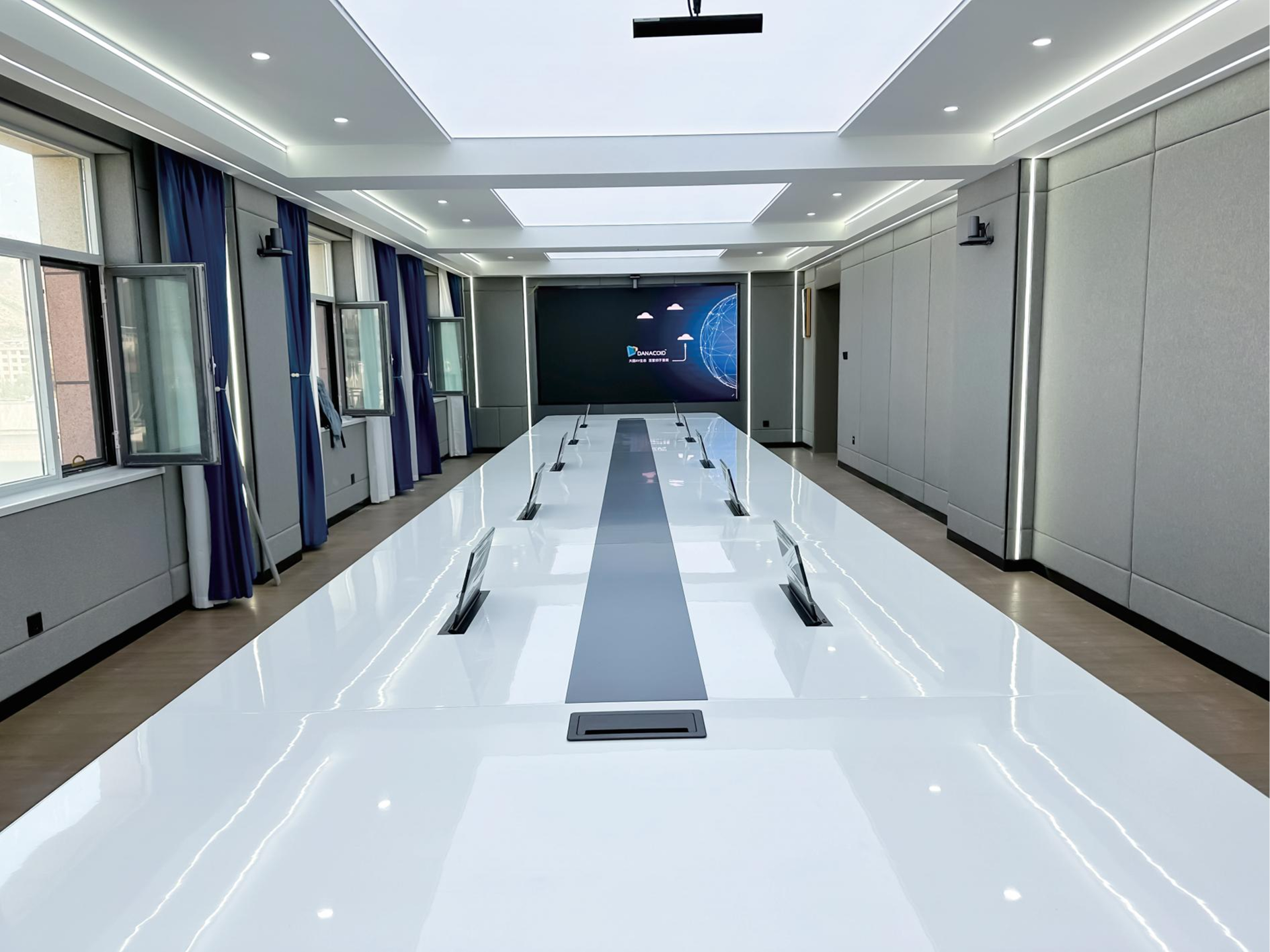소개
오디오 처리 분야에서 디지털 신호 프로세서 (DSP) 는 오디오 신호를 매우 정확하고 효율적으로 수정하고 개선하는 데 도움이되는 강력한 기술입니다. DSP는 디지털 오디오 처리와 관련된 모든 복잡한 작업을 수행하는 데 완벽한 후보로 만드는 큰 양의 수학적 연산을 빠르게 처리하도록 설계된 전문 마이크로 프로세서입니다. 이 기사에서는 오디오 처리 시스템에서 DSP, 기능, 일반적인 사용 및 그들이 해결하는 문제를 논의 할 것입니다.
오디오 시스템용 DSP 기본
디지털 신호 프로세서 (DSP) 는 가장 기본적인 수준에서 아날로그에서 디지털로 변환하고 역으로 ADC/DAC를 수행하는 모든 오디오 처리 시스템의 구성 요소입니다. 캐스팅 - 에어 고밀도 음향 캡처 및 재생을 위해 변환 (당신의 오디오) 과 같은 활동을 허용하는 향상된 기능으로 동등한 재생. DSP는 또한 오디오 데이터의 버퍼링 및 시간 저장 기능을 제공하므로 품질을 잃지 않고 추가 처리가 수행 될 수 있습니다.
힘있는 오디오 처리 능력
이것들은 핵심 전환입니다. 하지만 DSP는 여러분의 듣기 습관을 완전히 새로운 수준으로 끌어올릴 수 있는 또 다른 훌륭한 트릭을 가지고 있습니다. 오디오 신호의 주파수 반응의 모든 조작은 그 부분 집합의 증폭 또는 저하이며, 평형화는 특정 덩어리를 증폭 ( 증폭) 할 수 있습니다. 음향 제어는 청취자의 요구에 따라 소리를 조정하는 기울기에 맞춰 소리를 조정하는 규칙성 반응과 환경의 변화를 변화시킵니다. 소음 감소 및 취소 기술은 원치 않는 소음을 줄이는 데 도움이되며 오디오 압축 및 확장은 일관된 수준을 적용하는 수단으로 역학적 범위를 최대화합니다.
DSP는 음악 제작과 라이브 음향 강화에도 항상 필요한 음향과 음향 등 창의적인 효과를 처리할 수 있습니다. 그들은 실시간으로 적용될 수 있고, 입력 신호에 따라 변경되는 피드백과 문자가 가능해집니다.
실시간 오디오 처리
낮은 지연시간 소리가 들어와 나중에 나오기 사이의 시간 오디오 처리에는 당연히 이 중 일부가 필요합니다. DSP는 실시간 처리에 최적화되어 있으며 라이브 공연과 대화형 응용 프로그램이 의도된 피드백 루프 시간 스케일에 작동하도록 보장합니다. DSP는 또한 다채널 처리 기능을 갖추고 있으며, 여러 오디오 스트림을 동시에 처리할 수 있으며 많은 입출력을 가진 복잡한 시스템을 처리할 수 있습니다.
오디오 시스템과 함께 DSP에 대한 소개
그들은 극장 시스템, 스마트폰 및 휴대용 음악 플레이어와 같은 소비자 전자 제품에만 존재하지 않습니다. 홈페이지 작은 크기와 낮은 전력 소비로 인해 휴대용 장치에 적합합니다. 전문 오디오 장비에서는 디지털 믹싱 콘솔(디지털 라이브 사운드 믹서)의 일부로 널리 사용되며, 일부 모델은 특정 DSP 카드와 함께 제공됩니다. 장치나 제품 라인당 하나에서 몇 개까지 있을 수 있습니다.
방송 및 후속 제작 세계 내에서 DSP는 라디오, TV 및 영화에서 품질 오디오를 유지하는 데 중요합니다. 중요한 것은, 그들은 실시간으로 오디오를 처리할 수 있고, 이런 높은 쟁점 장소에서 매우 중요한 복잡한 알고리즘을 적용할 수 있다는 것입니다.
다른 기술 과 통합
DSP는 일반적으로 디지털 오디오 워크스테이션 (DAW) 과 함께 사용되며 하드웨어와 소프트웨어의 원활한 통합을 가능하게합니다. 또한 다수의 네트워크 및 통신 프로토콜을 지원하여 IP 네트워크를 통해 오디오를 전송할 수 있습니다. 이러한 통합은 오늘날의 네트워크 오디오 시스템에 필수적입니다.
어려움 과 고려 사항
그들의 능력은 놀랍지만 제한된 자원과 컴퓨팅 능력으로 그들은 상당한 역경을 겪습니다. 엔지니어들은 항상 오디오 처리 장치가 수행해야 할 작업의 복잡성과 작업에 필요한 DSP 자원의 양을 균형을 맞추려고 합니다. 또 다른 부분은 저비용 DSP 구현을 위한 알고리즘의 개발과 최적화가 계속될 것이라는 것입니다.
오디오 처리에서 DSP의 미래와 함께 흥미로운 일이 시작됩니다
최근에는 이 분야에서 더욱 발전이 이루어지고 있습니다. 특히 인공지능과 기계 학습의 발전으로 인해 오디오 처리 내에서 DSP의 미래는 계속 성장할 것으로 보입니다. 그들은 음향 분석과 수정 기능을 향상시켜 더 똑똑하고 적응 가능한 음향 처리 시스템을 제공합니다. 사물인터넷 장치와 3D와 더 넓은 통합 몰입성 오디오 형식의 개발은 DSP가 미래의 오디오 신호 처리 방식에 대한 영향력을 확대 할 수있게 할 것입니다.
결론
디지털 신호 프로세서(DSP)는 실시간 오디오 향상 및 조작과 같은 다양한 작업을 위한 오디오 처리에 사용됩니다. 기술이 변화하고 DSP가 발전함에 따라, 그들은 사운드 재생의 중심이 되고 있습니다. 솔루션 — 어제의 고충실도 시스템과 내일의 혁신적인 창작물은 그들 덕분에 영원히 존재할 것입니다.


